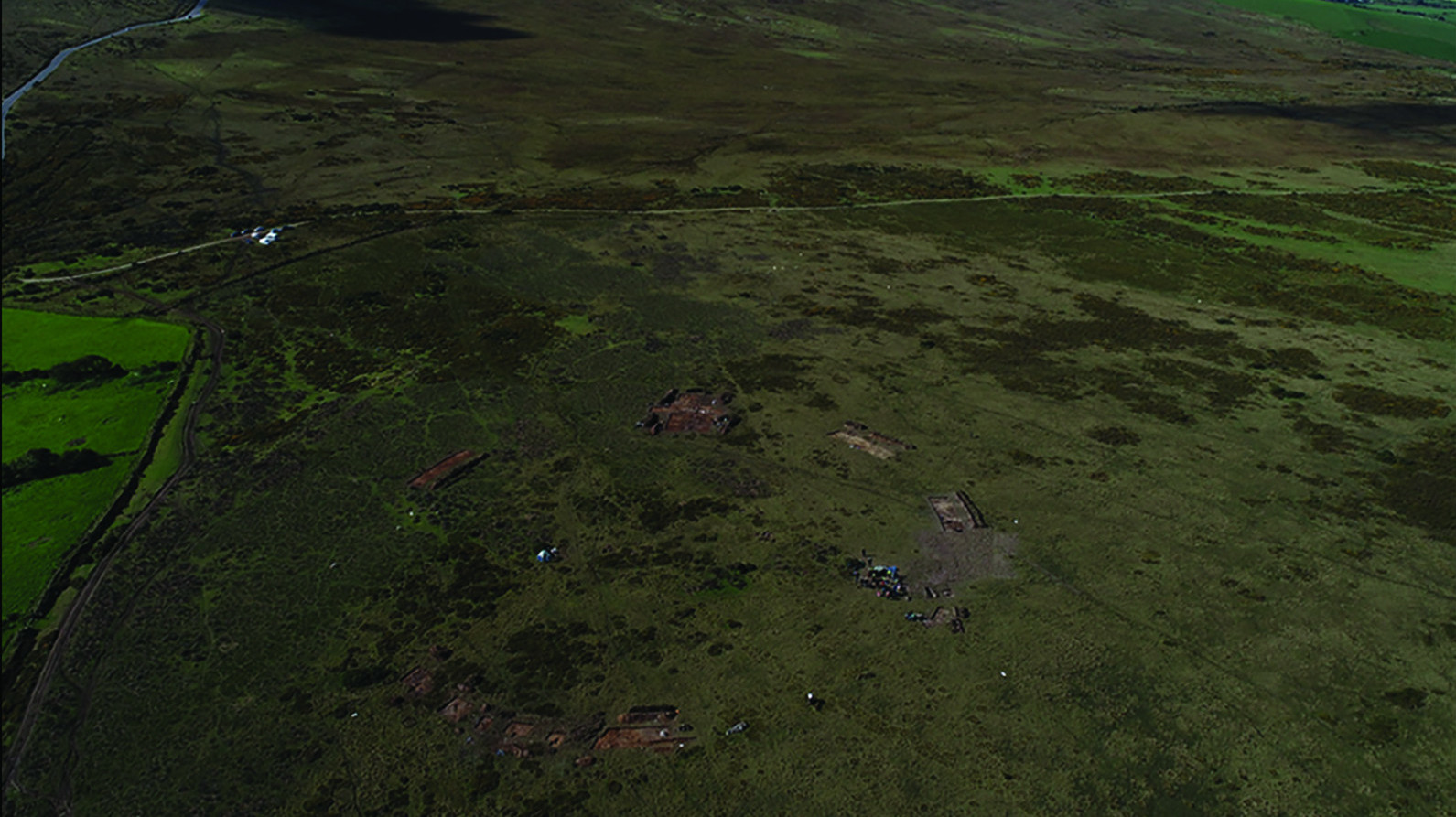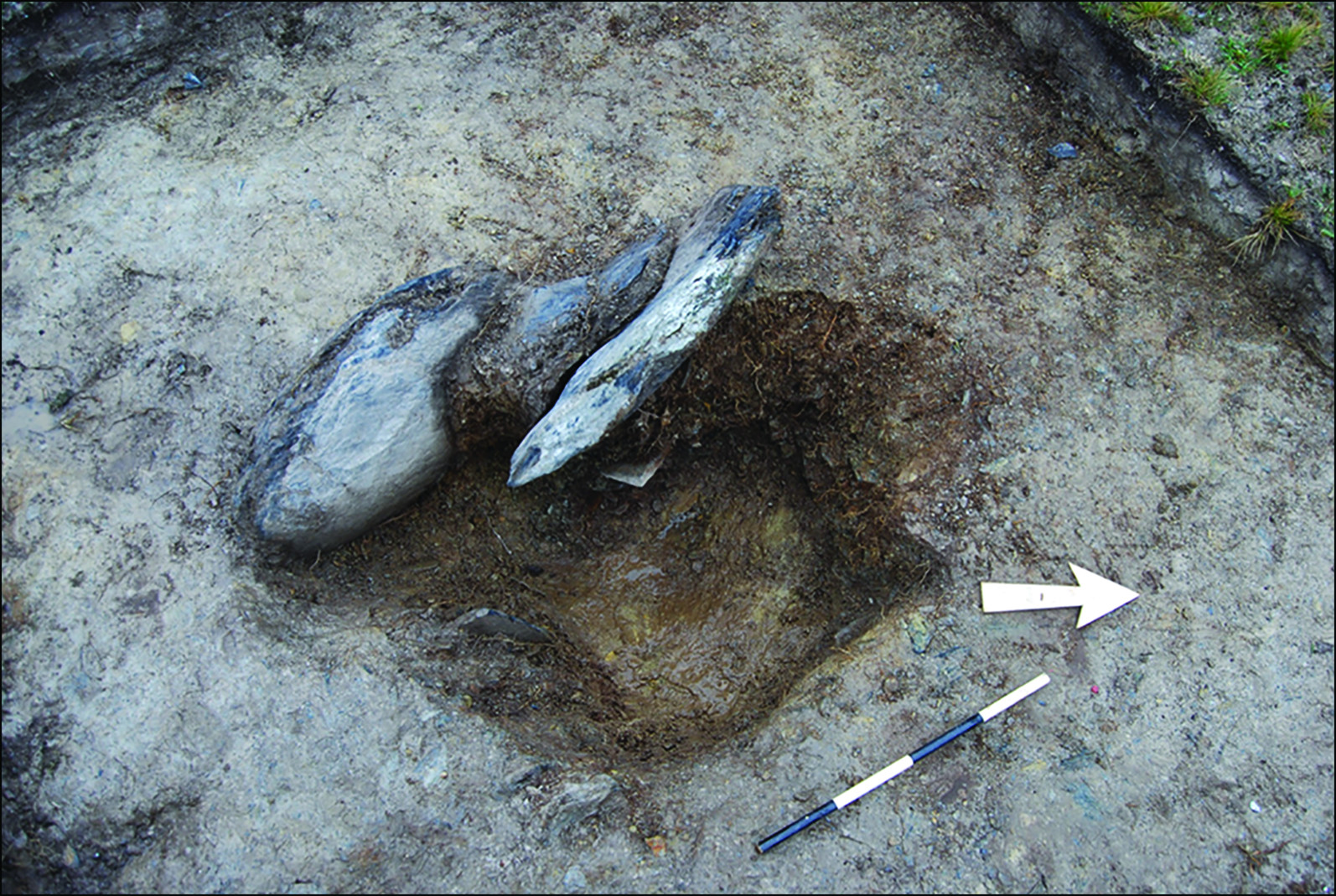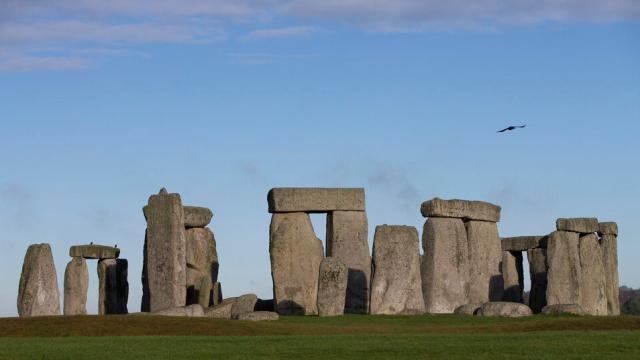Archaeologists in Britain have discovered the site of a former stone circle in west Wales, which they believe was taken apart and later rebuilt as Stonehenge.
New research published in Antiquity describes the discovery of a dismantled stone circle in the Preseli Hills of west Wales. Called Waun Mawn, it’s now the third largest stone circle to be found in Britain, the others being Avebury in Wiltshire and Stanton Drew in Somerset.
The location of this former stone circle is notable in that it’s next to a quarry from which the bluestones of Stonehenge are believed to have been sourced. This could explain why the bluestones of Stonehenge, 280 km away on the Salisbury Plain, were transported from such a far distance. The discovery is shedding new light on the migration patterns of Neolithic Britons, while also showing that a curious 900-year-old myth might actually contain a modicum of truth.
The bluestones of Stonehenge were among the first to be erected at the megalithic site some 5,000 years ago. These stones stood for centuries prior to the installation of the monumental sarsen stones, which were sourced from a quarry located around 24 km from Stonehenge.
Waun Mawn was flagged as a potential site of interest in 2010, but it was left unexplored as other sites took priority. In 2017, a team led by Mike Pearson from the Institute of Archaeology at the University College London decided to take a closer look, resulting in the discovery of two stones. Subsequent excavations in 2018 resulted in the discovery of two more stones, plus six “emptied sockets from which standing monoliths had been removed,” as the authors write in the paper. The team estimates that the site once consisted of between 30 and 50 stones.
The dating of sediments and charcoal found at Waun Mawn suggests the stones were erected between 3600 and 3200 BCE. Radiocarbon dating and optically stimulated luminescence (which measures the length of time since minerals were last exposed to sunlight) were used to come up with the dates. It was the “hidden information preserved in the soils that provides the chronology for the construction, then the dismantlement of the Waun Mawn stone circle, intriguingly just before similar stones were erected at Stonehenge,” explained Tim Kinnaird, a co-author of the study and an archaeologist at the University of St. Andrews, in a statement.

At 360 feet (110 meters) wide, both Waun Mawn and the ditch surrounding Stonehenge have similar diameters, and both monuments were oriented to align with the midsummer solstice sunrise, according to the research. What’s more, a bluestone from Stonehenge features a distinctive cross-section that nicely matches an empty stonehole found at Waun Mawn. Rock chips found in the same hole were also found to match those found at Stonehenge.
The discovery also helps to explain some unanswered questions about the people who lived in west Wales at the time. Preseli Hills was an important and densely populated region in Neolithic Britain, but evidence of these people from 2000 to 3000 BCE is practically non-existent. It’s “as if they just vanished,” said Pearson in the statement, adding that these people possibly migrated, “taking their stones — their ancestral identities — with them.”

This hypothesis jibes well with previous research; an isotopic analysis of cremated remains showed that approximately 16% of people buried at Stonehenge “lived the last decades of their lives on the Ordovician/Silurian rocks of south-west Wales — including around the outcrops of the Preseli Hills,” according to the new paper. That people and their livestock migrated out of west Wales and into the Salisbury Plain seems entirely plausible, given the new finding.
The recent work done by Pearson and his team “demonstrates the degree of mobility” that was “part of prehistoric life in Britain,” Vincent Gaffney, an archaeologist at the University of Bradford who wasn’t involved in the new study, explained in an email. The “determination of people” from so far away to “potentially contribute to the building of the [Stonehenge] monument tells us much about how prehistoric communities were structured and the complex interrelationships of distant peoples.”
To which he added: “Without doubt, we will need further research to clarify the details of such relationships, but this is a significant step forward.”
The discovery could also explain a 12th-century legend, in which Merlin took an army to Ireland to capture a magical stone circle. Called the Giant’s Dance, this stone circle was later rebuilt as Stonehenge as a memorial to the dead, according to the tale. The story is largely apocryphal, but there may be some truth to it, as the new research suggests.
